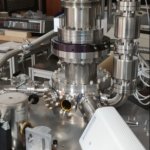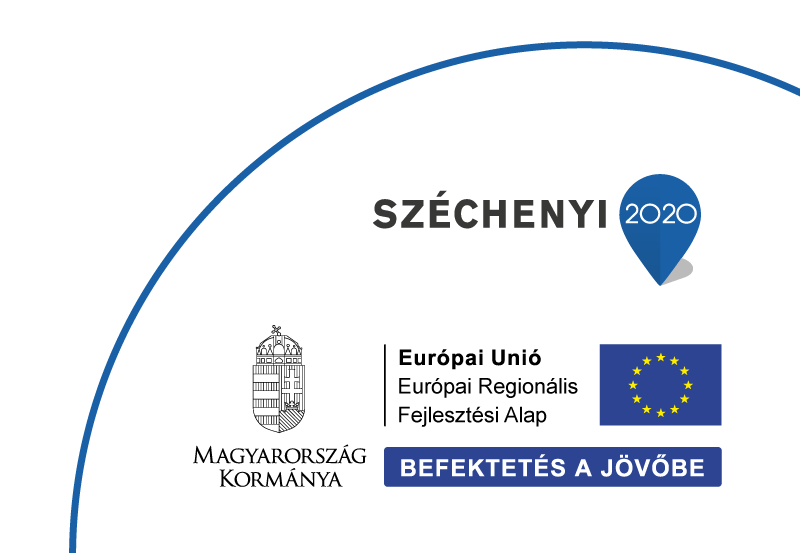 |
Kategória | Mérőrendszer |
| Szervezeti egység | ||
| Eszközfelelős | ||
| Üzembentartó | Atomki | |
| Felhasználás | Kutatás | |
| Érték | Közepes értékű |
The Ice Chamber for Astrophysics/Astrochemistry (ICA) at Atomki is designed to investigate the effect of ion irradiation of analogues of interstellar and Solar System ices deposited on a series of cold substrates (20-300 K) vertically mounted on a copper holder connected to a closed cycle cryostat, a 360° rotation stage and a z-linear translation stage.
The ice composition and the physico-chemical changes induced upon ion irradiation are monitored by infrared spectroscopy in either a transmission or a reflection mode. Ions of different species and charge states mimicking the effects of cosmic rays and stellar wind are produced by a Tandetron accelerator with energies from 0.2 to 4 MeV. Temperature programed desorption studies can be performed on both non-irradiated and irradiated ices in order to identify molecules desorbing from the ice layer.
The major goal of the experimental apparatus is to systematically study space relevant ices under different ion-impact conditions (energy, fluxes and type of projectile) to better understand the origin and evolution of the building blocks of life.
The Ice Chamber for Astrophysics/Astrochemistry (ICA) at Atomki is designed to investigate the effect of ion irradiation of analogues of interstellar and Solar System ices deposited on a series of cold substrates (20-300 K) vertically mounted on a copper holder connected to a closed cycle cryostat, a 360° rotation stage and a z-linear translation stage.
The ice composition and the physico-chemical changes induced upon ion irradiation are monitored by infrared spectroscopy in either a transmission or a reflection mode. Ions of different species and charge states mimicking the effects of cosmic rays and stellar wind are produced by a Tandetron accelerator with energies from 0.2 to 4 MeV. Temperature programed desorption studies can be performed on both non-irradiated and irradiated ices in order to identify molecules desorbing from the ice layer.
The major goal of the experimental apparatus is to systematically study space relevant ices under different ion-impact conditions (energy, fluxes and type of projectile) to better understand the origin and evolution of the building blocks of life.
 English
English

